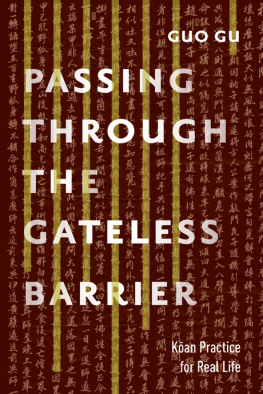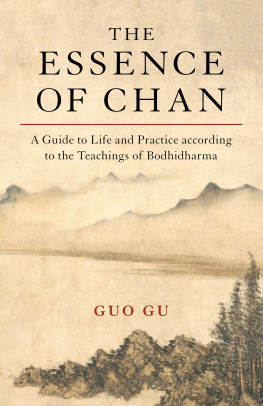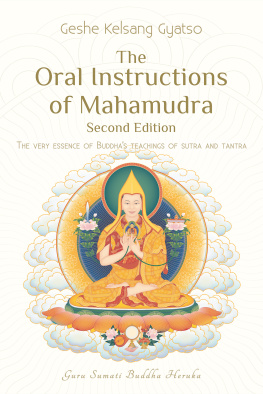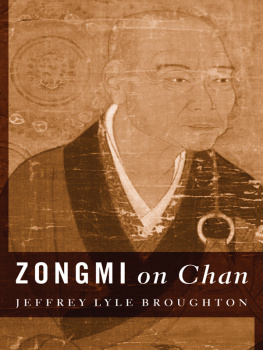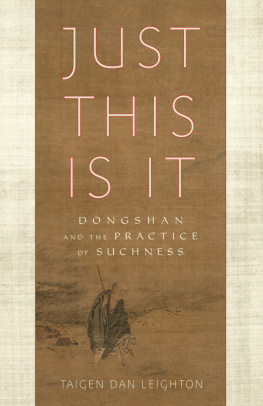Everything has a cause, and every cause arises because different conditions have come together. Nothing is haphazard or random; one thing leads to another in a chain of events, such as the sequence of events that caused you to select this book. In other words, the reason you are reading these words is due to the ripening of many conditions.
Sometimes the conditions that arise are favorable, sometimes not. These conditions are not inherently good or bad, and their meanings can change. When conditions change, your experience also changes. The working of causes and conditions, and cause and effect, is the core principle of the Chan (Zen) Buddhist teaching. It is also the heart of the dynamic teachings of Bodhidharma, the first lineage master in the Chan tradition, who came from India to China in the fifth century C.E.
Buddhism offers many different teachings. A wide variety of schools have evolved from these teachings; Chan Buddhism is only one of them. Some of you may be more familiar with the word Zen, which is the Japanese pronunciation of the Chinese word Chan. Chan is usually understood to be a tradition of practice within Chinese Buddhism that emerged in the seventh and eighth centuries C.E. , mainly as a reaction against Buddhist scholasticism.
The Indian sage Bodhidharma came to China at a time when Buddhism was beginning to flourish widely, and many Chinese clerics were writing extensive treatises about Buddhist theories of doctrine and practice. Bodhidharmas teachings cut through the theories. They aimed directly at the awakening that Buddha Shakyamuni (the historical Buddha) experienced under the Bodhi tree: namely, that we are intrinsically free from the fetters of vexations and afflictions, and that our true nature is already perfect and undefiled. Similarly, when a cloud covers the sun, the skys spaciousness is not affected by the cloud, nor by whether the sun is visible or not. Chan methods and teachings point to the realization that who we truly are can never be covered by the clouds of vexations and afflictions. The point is that we should not get bogged down by the clouds, but instead we should see the big picturethe sky. This is essentially the message of Bodhidharma.
Short History of Buddhism
After the Buddhas passing in India in the fifth century B.C.E. , Indian Buddhist monks traveled southward to many other South Asian countries and spread his religion during the following centuries. Buddhism also went west as far as Pakistan, and further northwest as well. But causes and conditions prevented Buddhism from taking root there, largely because of politics and competition with indigenous religious traditions. The Chinese were introduced to the Buddhism of central Asia and India sometime between the first century B.C.E. and the first century C.E. five hundred years after the Buddhas time. Because China was such an influential nation, Buddhism spread from there to Korea, Japan, and the rest of East Asia. Later in the seventh and eighth centuries, Buddhism arrived in Tibet.
However, it took a good five hundred years, from the first to the sixth century C.E. , for the Chinese to begin to understand Buddhism on its own terms. The main issue concerned the Buddhist texts that the Chinese had at their disposal. Buddhism is unique because it has thousands of scriptures, not just a single text. Buddhist missionaries who went to China belonged to different traditions of Buddhism in India and central Asia, and so they brought a great variety of scriptures and treatises with them, and these texts were then translated into Chinese.


